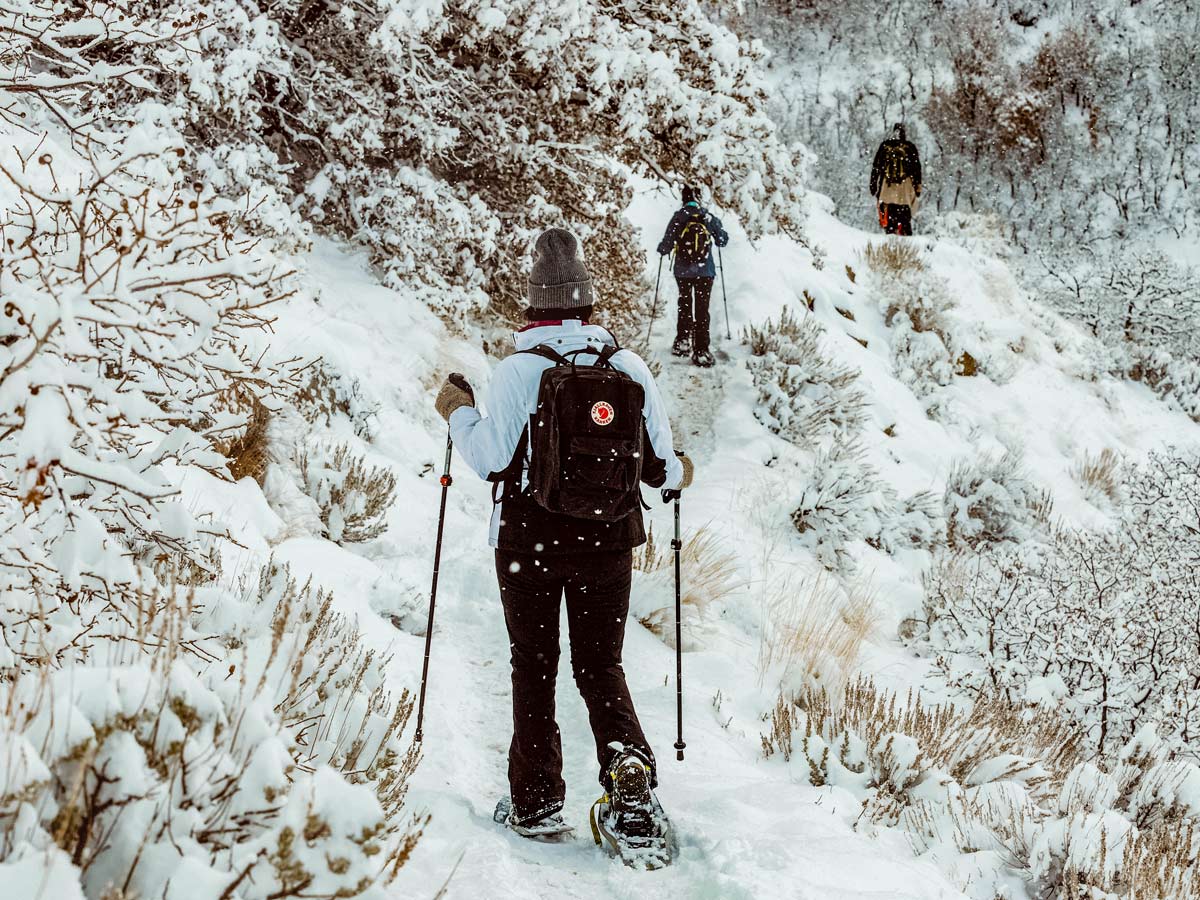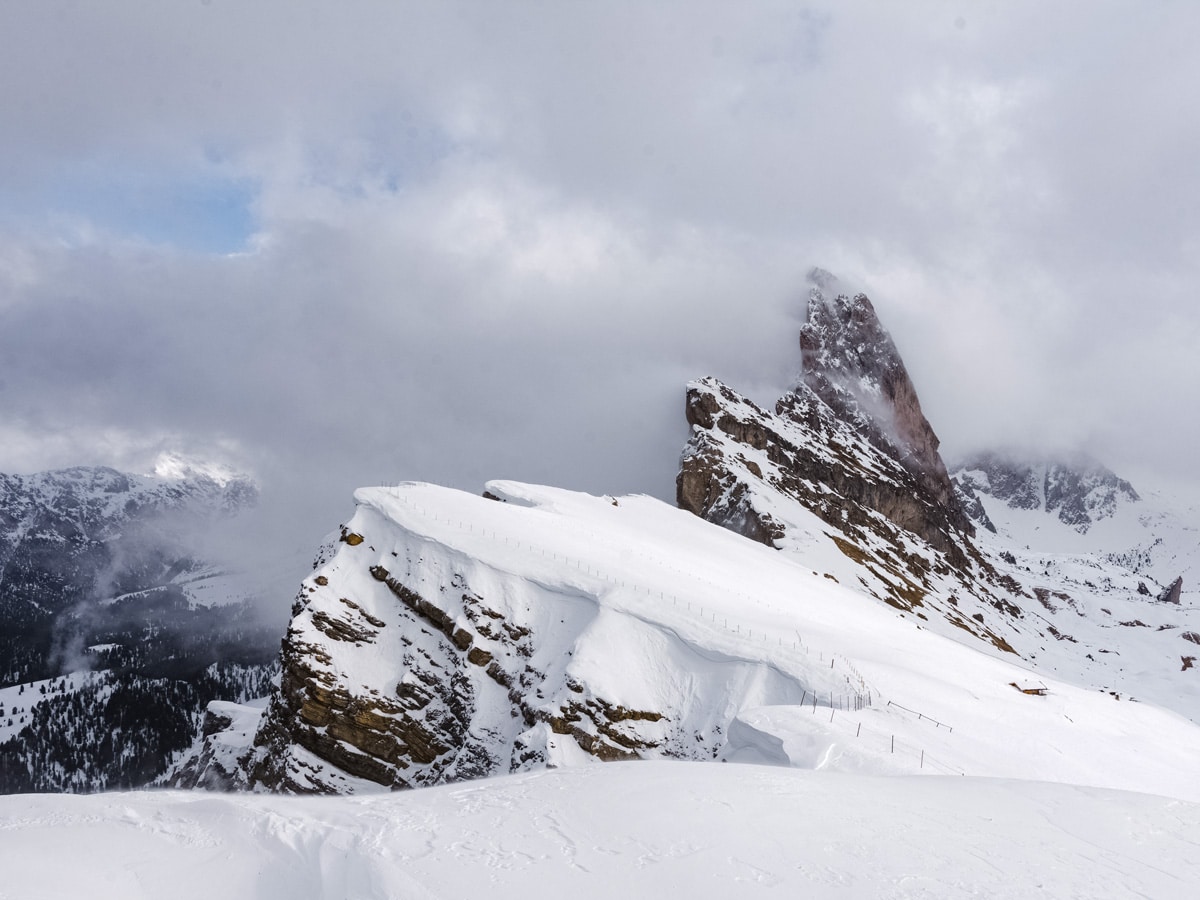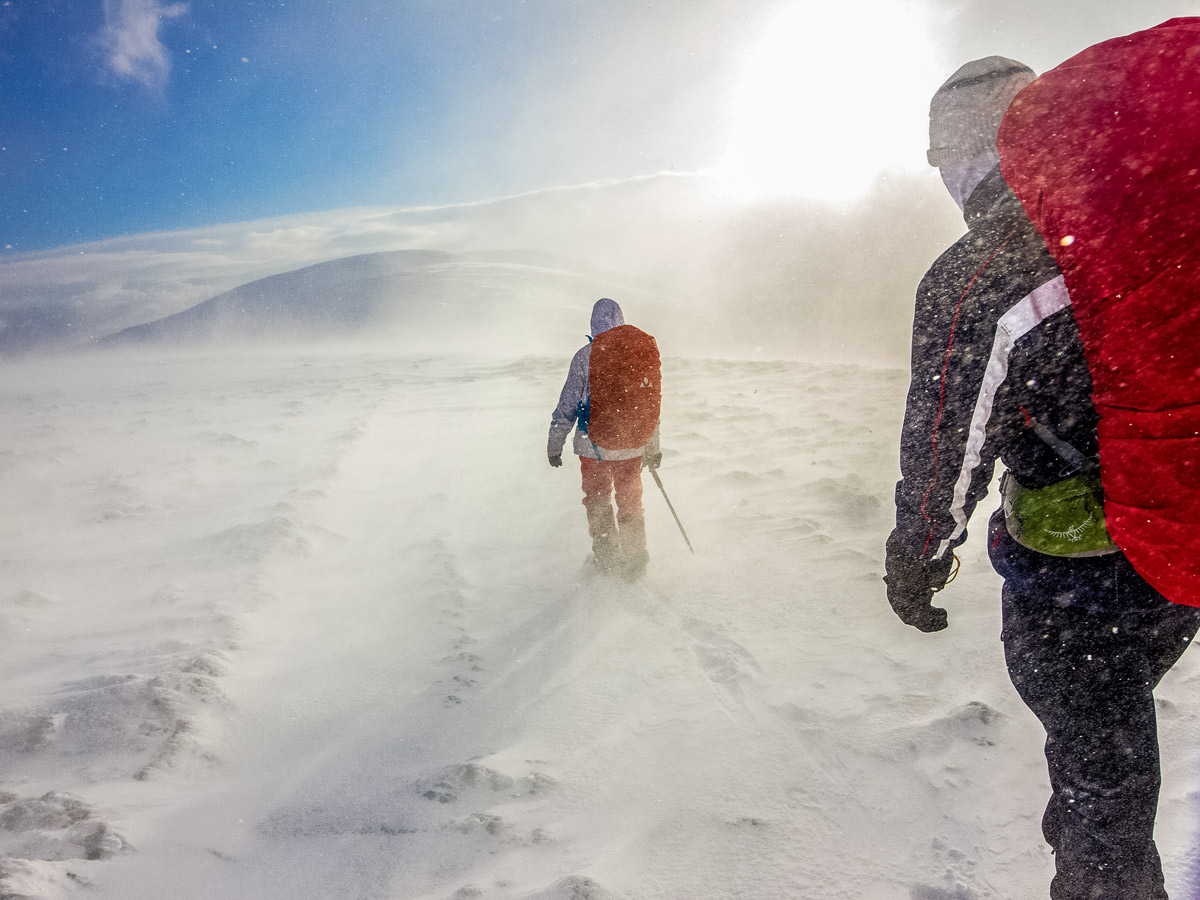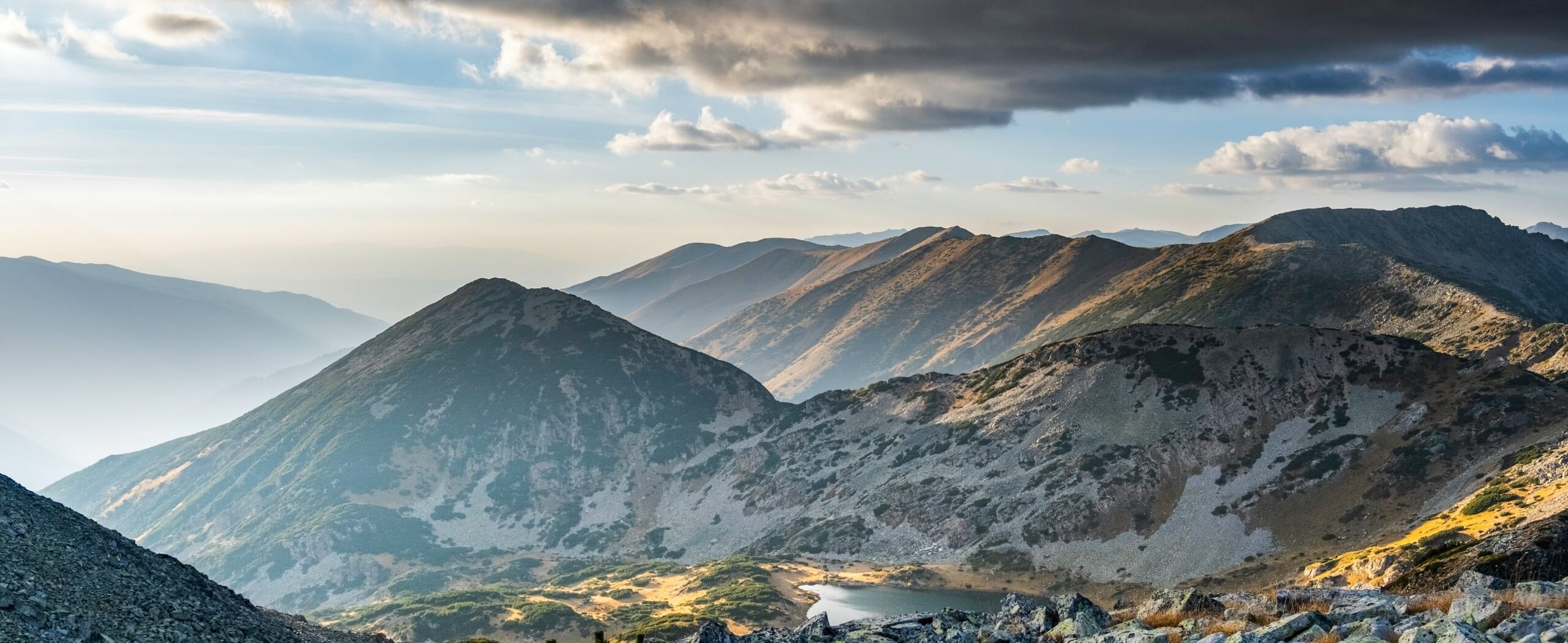Thinking about adventuring into the backcountry during the snowy season? Here are some great tips on exploring the wilderness in winter.
First, a great deal of the mountain terrain is subject to avalanche hazard. Even summer trails can be very dangerous places once the snow comes. And don’t think that the thin early-season snow can’t be deadly. Thin snow can be very reactive and unstable and if it sweeps you off a cliff or into some rocks, serious injury or fatality can occur. Please ensure you are trained and educated on recognizing and evaluating terrain before setting out into backcountry.
Winter can really tax your navigation skills. Trails are gone, weather can reduce or obliterate visibility, and even places you’re familiar with look very different with a blanket of snow. The cold can sap phone batteries and affect screens. We highly encourage all backcountry travellers to become proficient at navigation, and this is especially true for winter travellers.

What to Pack
Preparing for a day trip? Here’s what you should have packed and on hand for a winter backcountry trip:
- Avalanche gear. It’s best practice to wear your beacon and probe, while keeping your shovel handy in your pack. If you venture out solo, it is even more important to have your gear at the ready. and I still have my gear. Your gear also can work double-time in a pinch—a shovel is a shelter (snow cave) and probe is handy for assessing snow depth over unknown features.
- Layers. Always pack more clothes in the winter. A big puffy jacket and a spare pair of mitts is essential. A hardshell jacket isn’t required for rain, but does an amazing job of blocking the wind and keeping wet snow off your other layers.
- Survival kit. Carry a small kit with the essentials: bic lighters, a fire starting kit and a small pot. One of our top essentials is a Coglhan fire sticks, as they allow you to bypass a stove.

- Repair kit. This can be essential for fixing skis in a pinch and should include the essentials like some spare screws, bailing wire, a multi-tool, JB weld, hose clamps and tape. Snowshoes have breakable bits too, and if you’re on anything but boots, consider a repair kit of some sort.
- Snow saw with teeth capable of cutting wood. The 35cm BCA saw or the G3 Bonesaw work very well. It allows you to cut a lot of firewood in no time and can be handy in the case of emergency rescue. Having the heli land is WAY safer than requiring a long-line, so being able to cut an LZ is a great reason alone to have a saw. If you’re in an area with thin cover and small trees, you can easily cut that area with a small saw.
- InReach or another communication device. Emergencies in the winter can be much more difficult to deal with, so being able to communicate with emergency services can be life saving. Even just letting them know that you’ve cut an LZ and made a windsock for them can make a huge difference. Let them know you have a safety fire going to help in locating you. Some fire smoke is also a great wind direction indicator.

- Food and drink. Trail breaking and the cold means you burn more calories. Bring extra food, as well as a Thermos with some soup or hot drink.
- Handwarmers. A couple packs of those little shake-and-go handwarmers can make a huge difference if someone gets their hands wet/cold, etc. They don’t weigh much and work very well.
- Headlamp. Not planning to be out in the dark? Bring a headlamp no matter what.
- First aid kit. A small first aid kit is super handy on all trips, of course. Consider getting specific wilderness first aid training as well.
Winter Adventure Tips
Check out our series of articles on tips to have more adventures in winter!





Comments